The circumstances of the Soviet raid in northern Afghanistan in 1929
In 1919, Afghanistan became the first state with which the RSFSR established diplomatic relations and in which the first Soviet embassy was opened. It was headed by J. Z. Surits [1].
The first military attache of the Soviet state was also appointed here: in August 1919, B. N. Ivanov became him [2]. In December 1919, he was replaced by E. M. Ricks [3], who described the activities of his predecessor as follows:
However, not everything went as smoothly as B. Ivanov described. He asked the emir three times (Amanullah Khan. - P.G.) allow him to travel to the Pashtun tribal zone, but was refused every time. In October 1919, military advisers led by Ivanov were forced to leave Kabul, without having fulfilled their main task - the conclusion of a military treaty with Amanulla against England ”[5].
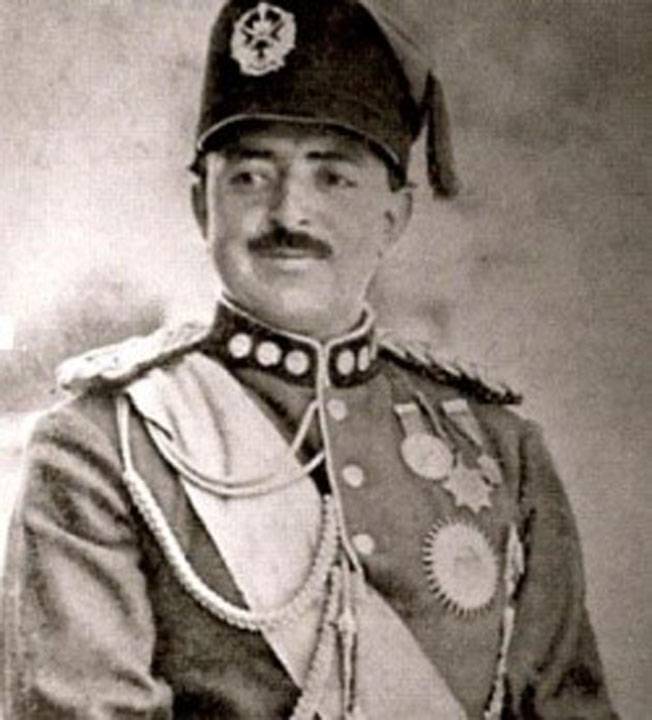
Only in 1926 was Plenipotentiary L.N. Stark [6] signed the Pagman (summer residence of the Afghan kings) Treaty of Neutrality and Mutual Non-aggression [7].
The results of the 4th (intelligence) headquarters of the Red Army Headquarters for the Eastern countries by the end of the 20s can be judged by the report of the head of the 3rd (Information and Statistics) Division A.M. Nikonov [8] at a meeting of intelligence officers of military districts in 1927:
A direct confirmation of the effective work of military intelligence at that time was the successful invasion of the territory of Afghanistan in April-May 1929 by Soviet troops to restore the throne in 1926, which became the king of Amanullah Khan, overthrown as a result of the anti-government uprising of 1928-1929. led by the "son of a water-carrier" Bachai-Sakao, which was supported by Great Britain. [10]
Y. Tikhonov writes about the reasons for the overthrow of Amanullah Khan:
It is noteworthy that, returning in 1928 from a tour of European countries, "Amanullah went to the USSR from Turkey, accompanied by a representative of the Intelligence Agency, a former military attaché in Kabul Rink ..." [14].
The OGPU also recommended for the first time supporting Bachai-Sakao due to the fact that the agents of the Foreign Department of the OGPU (foreign intelligence) reported the precarious situation of Amanullah Khan. "Appearance in the local (Afghan. - P.G.) the Chekists took almost with optimism the political horizon of the figure from the bottom (Bachai Sakao). They even repeatedly proposed to recognize the new ruler and help him ”[15]. Soon, however, it became known that the Basmachis sided with the opponents of Amanullah Khan, whom the Kurbashi complained about good neighborly relations with the Soviet Union. [16] They had a chance in the future, with the support of the new Afghan authorities, to implement their plans to tear Turkestan from the USSR. [17]
V. Korgun writes that, making a decision on the invasion of Afghanistan, Stalin and the Soviet command intended to get ahead of the upcoming invasion of the Basmach detachments Ibrahim-bek [18] on Soviet territory and prevent the implementation of the plans of the Basmach leader, which envisaged the creation of Central Asia independent of Moscow from Turkestan . [19] However, as you can see, the basmachi in this game were on the sidelines.
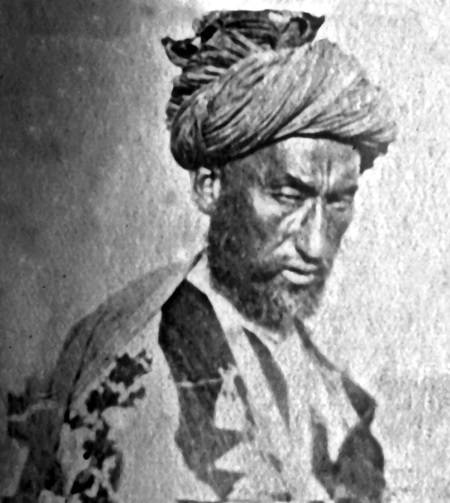
A detachment of Soviet troops disguised by the Afghans under the command of former military attache in Kabul, commander V. Primakov [20], acting under the guise of a Turkish officer Rakhim Bey [21], with support aviation On April 15, 1929, he invaded Termez into Afghanistan and occupied the cities of Mazar-i-Sharif, Balkh and Tash-Kurgan with battle: “The capture of Mazar-i-Sharif was so unexpected and sudden that the Afghan government only found out about it a week later” [22] .
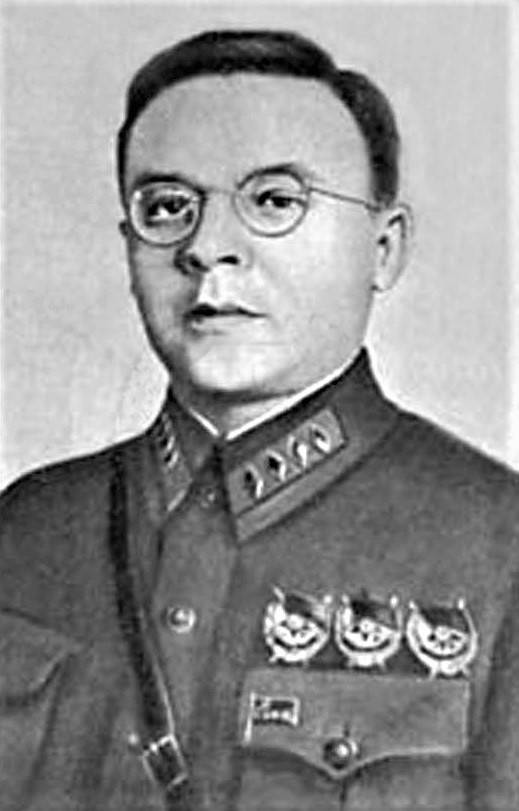
In the second half of May, Primakov was recalled to Moscow, and the brigade commander A.I. assumed command of the detachment. Cherepanov [23], acting under the pseudonym Ali Avzal Khan [24].
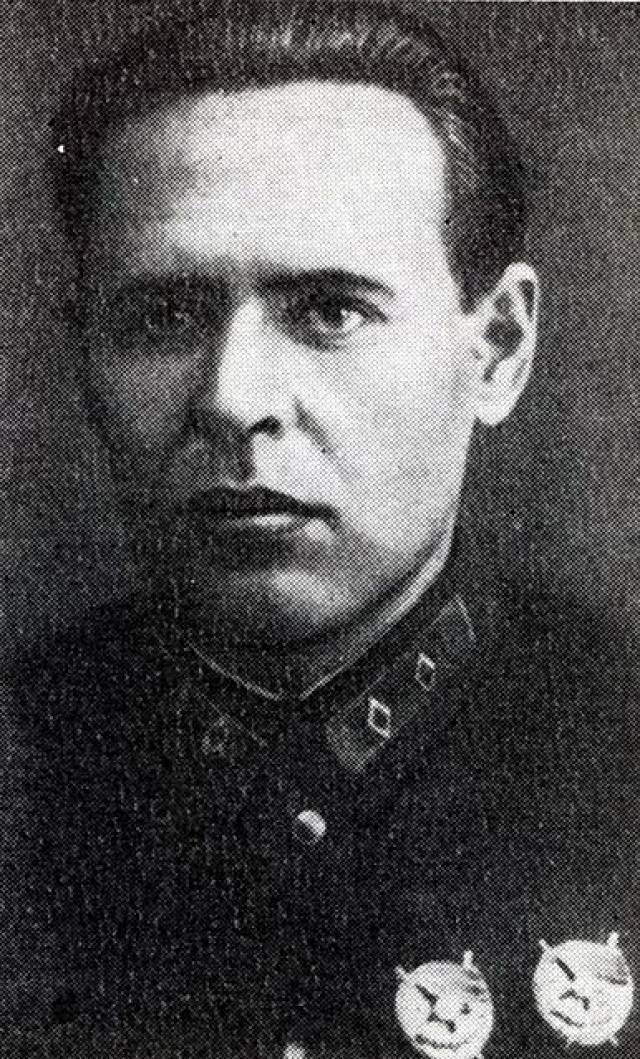
On May 23, Amanullah Khan, deciding to end the struggle, left Afghanistan forever. Upon learning of this, Stalin immediately ordered the withdrawal of the Soviet contingent. In addition, “the British ultimatum influenced this decision. The MacDonald government [25], having received detailed reports on the actions of the Soviet detachment in northern Afghanistan, warned that if the USSR did not withdraw its units from Afghan territory, then it would also be forced to send troops into Afghanistan. The Kremlin, on the verge of restoring diplomatic relations with Great Britain [26], decided not to complicate the situation ”[27].
And the British themselves, according to Y. Tikhonov, did their best to keep “their” border tribes from helping Amanullah Khan, but this was mainly limited. Even Intelligence officers were forced to admit:
It is noteworthy that by that time the already well-known Colonel Lawrence of Arabia [29], to whom Primakov devoted several pages to his book “Afghanistan on Fire”, took the most active part here:
This specialist in the establishment of royal houses in the East and in the organization of civil strife in Muslim countries ... again needed the secret service of the British General Staff and was called to India. The Afghan War of Independence [30] and the new situation on the northwestern border of India drew the attention of the English General Staff to the problem of Indian defense, to the possibility of organizing the invasion of the British armies in Soviet Turkestan.
The invaluable experience of Lawrence, a connoisseur of Muslim countries, fluent in Arabic, Turkish and Persian, was indispensable in this tangled knot of controversy that was tied on the north-western border of India. <…>
Lawrence’s experienced hand ... made connections, and when the time came, these campaigning communications began to take effect: the mullah’s agitation fanned the fermentation in Afghanistan ... ”[31].
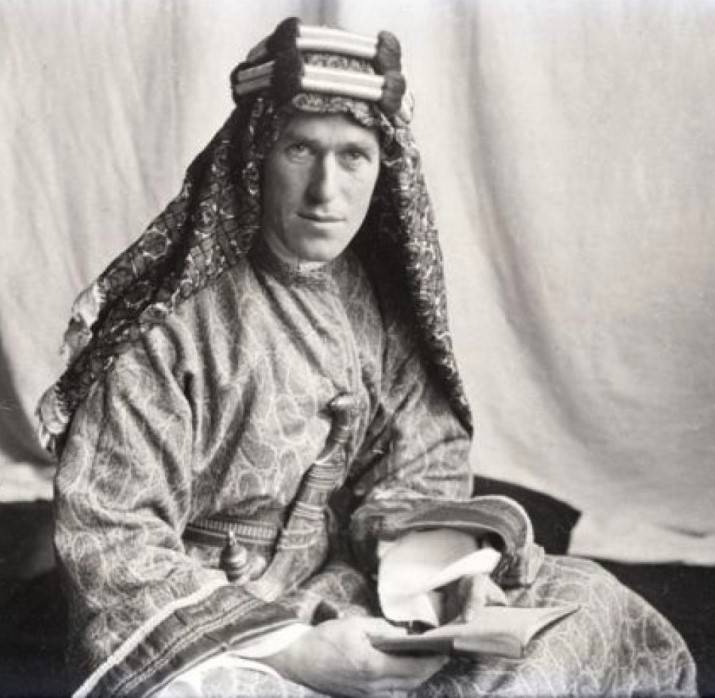
In January 1929, Bachai-Sakao was proclaimed king of Afghanistan under the name Habibullah Ghazi. He abolished the progressive reforms of Amanullah Khan. However, after the entry of troops of Mohammed Nadir into Kabul in October 1929, Bachai-Sakao was ousted from the throne and executed on November 2, 1929.
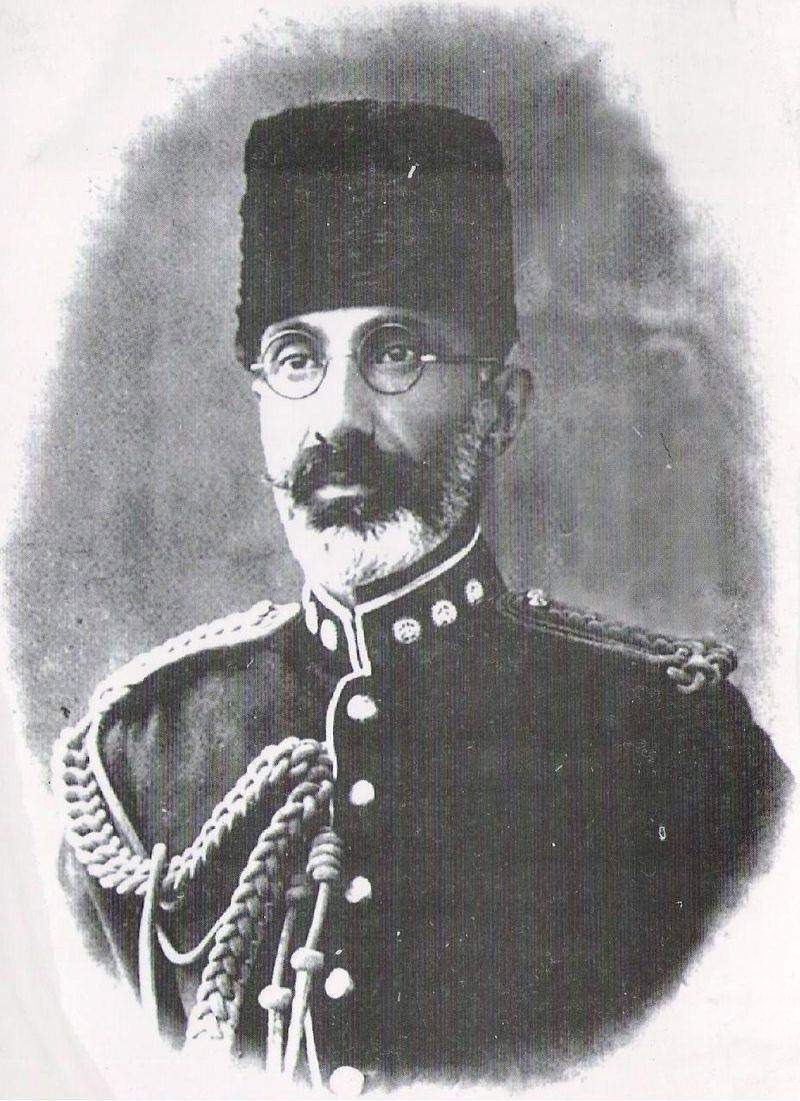
After Nadir Shah came to power, a peculiar military-political cooperation developed between the USSR and Afghanistan, when the Afghan authorities turned a blind eye to the raids of Soviet armed groups in the northern regions of the country against the Basmachis [32]. “The defeat of the Basmach detachments in the northern provinces contributed to the strengthening of the power of Nadir Shah, who had support only in the Pashtun tribes that controlled the provinces south and southeast of the Hindu Kush” [33]. As a result, in 1931, the USSR concluded a new Treaty on Neutrality and Mutual Non-Aggression with Nadir Shah, which was extended until 1985 [34].
Thus, Soviet diplomacy and military intelligence in Afghanistan in the 1920s and 30s contributed to the establishment of a peaceful life and the strengthening of Soviet power in Central Asia.
Here we can draw an analogy with the current anti-terrorist struggle in Syria, that is, on the far approaches to the borders of Russia.
Notes
[1] Surits, Yakov Zakharovich (1882–1952) - statesman, diplomat. He graduated from the philosophy department of the University of Heidelberg. Deputy plenipotentiary representative in Denmark (1918–1919), plenipotentiary representative in Afghanistan (1919–1921), member of the Turkestan Commission of the All-Russian Central Executive Committee and authorized representative of the People’s Commissariat for Turkestan and Central Asia (1921–1922), plenipotentiary representative in Norway (1922–1923), Turkey (1923–1934 ), Germany (1934–1937), France (1937–1940), adviser to the central apparatus of the NKID / Ministry of Foreign Affairs (1940–1946), ambassador to Brazil (1946–1947).
[2] Ivanov, Boris Nikolaevich (1887–1938) - scout. He graduated from the University of Paris (1913), Alexander Military School (1915). Member of the First World War and Civil War. Military attaché in Afghanistan (1919), resident of military intelligence in Bulgaria (1921–1924), employee of the Foreign Department of the OGPU (1924–1927). Later - in NPO and NKVD.
[3] Ricks, Eduard Martynovich (1880 -?) - military diplomat. He graduated from the Kazan Military School (1901). Being in Turkestan, Y.Z. Suricam as a Farsi translator. Military Attache in Afghanistan (1919), in the same place the first secretary of the embassy (1-1924), in the same place the adviser to the embassy (1930-1930), deputy. Head of the 1935st East Department of the NKID (1–1935).
[4] Report of Comrade Ivanov on the first Soviet embassy of the Russian Socialist Federative Soviet and Turkestan Republics in Afghanistan in 1919 // RGVA. F. 25895, op. 2, d. 110, l. 8 (about).
[5] Tikhonov Yu.N. Afghan war of Stalin. The battle for Central Asia. M., 2008, p. 43–44.
[6] Stark, Leonid Nikolaevich (1889–1937) - revolutionary, diplomat. Since 1920 - NKID employee: adviser to the embassy in Georgia (1920), envoy to Estonia (1923–1924), Afghanistan (1924–1936), authorized by the NKID of the USSR to the SNK of the Transcaucasian SFSR (1936–1937).
[7] See: Documents of the foreign policy of the USSR. T. IX. M., 1964.
[8] Nikonov, Alexander Matveevich (1893–1937) - intelligence scientist. He graduated from the Ensign School in Peterhof (1916), Advanced training courses for the highest command of the Military Academy of the Red Army. M.V. Frunze (1927). Member of the First World War and Civil War. In Razvedupra since 1921: teacher Vostfaka VA Red Army named after M.V. Frunze (1926–1929), deputy beg. RU (1934-1937). The author of works on military geography.
[9] RGVA. F. 25895, op. 1, d. 834, l. 127.
[10] Agabekov G.S. GPU: Notes chekista. Berlin, 1930, p. 177.
[11] Rink, Ivan Alexandrovich (real name - Janis Rinks; 1886–1938) - commander, diplomat. He graduated from the Vilnius Military School (1910), the Higher Academic Courses at the Military Academy of the Red Army (1923). Member of the First World War and Civil War. Rev. English in the East Division of the VA Red Army (1922), Military Attache in Afghanistan (1924–1926; 1928–1930), Japan (1932–1937), early Vostfaka VA RKKA them. M.V. Frunze (1931–1932). (Note.P.G.).
[12] RGASPI. F. 62, op. 2, d. 1342, l. 176.
[13] Tikhonov Yu.N., with. 180.
[14] Agabekov G.S., with. 176.
[15] Boyko V.S. Soviet-Afghan military expedition to Afghanistan in 1929 // Asia and Africa today. 2001, No. 7, p. 34.
[16] For the reasons for the Basmach movement, see: Tukhachevsky M.N. The fight against counter-revolutionary uprising // War and Revolution. 1926, book 9, p. 6-7.
[17] Panin S.B. Soviet Russia and Afghanistan. 1919-1929. M. — Irkutsk, 1998, p. 204.
[18] Ibrahim Bek (1889–1931) is one of the most prominent leaders of Basmachism. For more details see: Gusterin P. History Ibrahim Bek. Basmachstvo one kurbashi from his words. Saarbrücken, 2014.
[19] Korgun V.G. History of Afghanistan. XX century. M., 2004, p. 201.
[20] Primakov, Vitaly Markovich (1897–1937) - reconnaissance diplomat, military leader. He graduated from the Higher academic courses at the Military Academy of the Red Army (1923). Member of the Civil War. Military Advisor in China (1926–1927). Military attaché in Afghanistan (1927–1928), Japan (1928–1930). Since 1930 - in command positions. The author of memoirs.
[21] According to some sources, Ragib Bey.
[22] Agabekov G.S., with. 180. See: Apothecary P. First blood. Primakov storms Mazar-i-Sharif // Motherland. 1999, No. 2.
[23] Cherepanov, Alexander Ivanovich (1895–1984) - reconnaissance diplomat, military leader. He graduated from the Military Academy of the Red Army (1923). Member of the First World War, Civil and World War II. Military adviser in China (1923-1927, 1938-1939), Bulgaria (1947-1948). He held a number of command, staff and teaching posts. The author of memoirs.
[24] Cherepanov Alexander Ivanovich. Biography // Website of the Ministry of Defense of the Russian Federation (http://encyclopedia.mil.ru/encyclopedia/heroes/USSR/more.htm?id=12101547@morfHeroes).
[25] MacDonald, James Ramsey (1866–1937) - British statesman and politician, one of the founders and leaders of the Labor Party. Prime Minister (1924; 1929-1931). The MacDonald government in 1924 established diplomatic relations with the USSR. (Note.P.G.).
[26] After a series of provocations against Soviet institutions, on May 27, 1927, the British government notified the USSR government of the severance of diplomatic relations. (Note.P.G.).
[27] Korgun V.G., with. 204 – 205.
[28] Information “On the events in Afghanistan” by the chief of the 7th department of the headquarters of the Central Asian military district Sokolsky dated 25.12.1928/62/2 // RGASPI. F. 1342, op. 159, d. XNUMX, l. XNUMX (quoted from the book: Tikhonov Yu.N., with. 180‒181).
[29] Lawrence, Thomas Edward (1888–1935) - British intelligence officer. By education - an archaeologist. In 1914-1919 and 1922-1935 - in the service of the British army, conducted intelligence work in Arabia, Egypt, Iraq, Palestine and Syria: employee of the British Bureau for Arab Affairs in Cairo (1916-1919), adviser for Arab affairs in the Ministry of the Colonies (1921-1922). In 1925-1929 performed tasks in Karachi, Peshawar and on the Indo-Afghan border, where he was engaged in subversive activities against Afghanistan and the USSR. Cm.: Liddell Garth B.-G. Colonel Lawrence. M., 1939.
[30] We are talking about the Third Anglo-Afghan War (1919). (Note.P.G.).
[31] Primakov V.M. Afghanistan is on fire. M., 1929, p. 134–138. Lawrence’s activities in Afghanistan also see: Boyagi E. The history of espionage. T. 1. M., 2003, p. 296-300.
[32] Apothecary P., with. 20 – 21.
[33] Okorokov A. Secret wars of the Soviet Union. M., 2008, p. 136.
[34] The history of foreign policy of the USSR. T. 2.M., 1981, p. 686, 702.
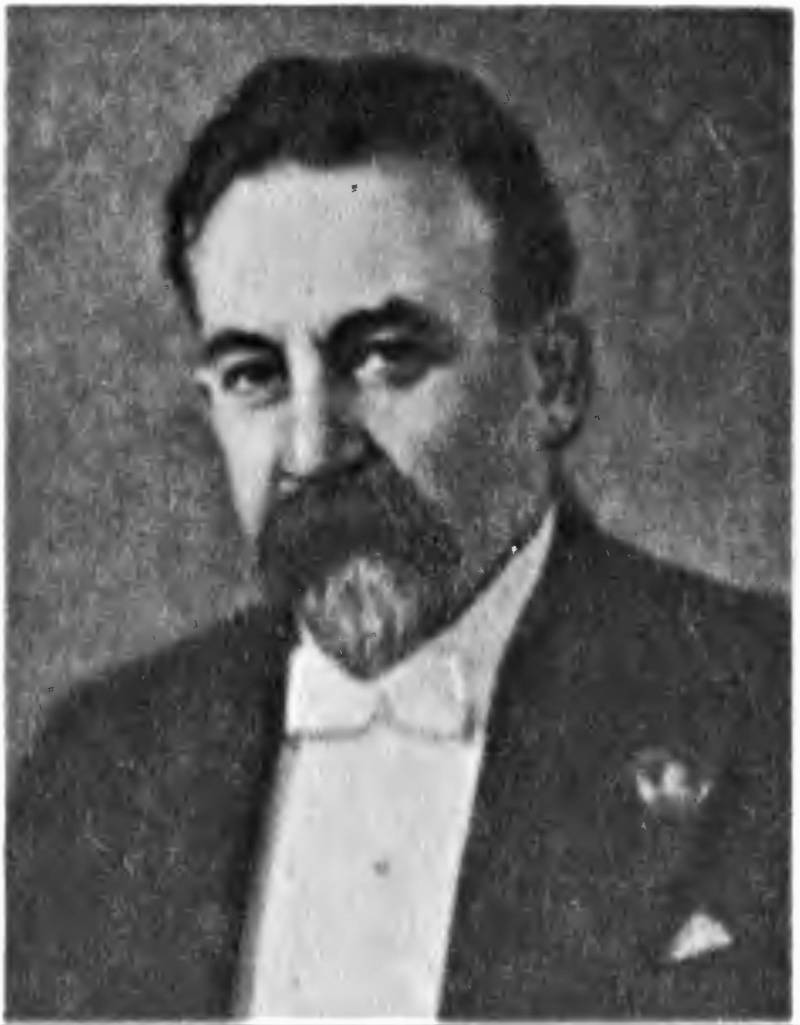
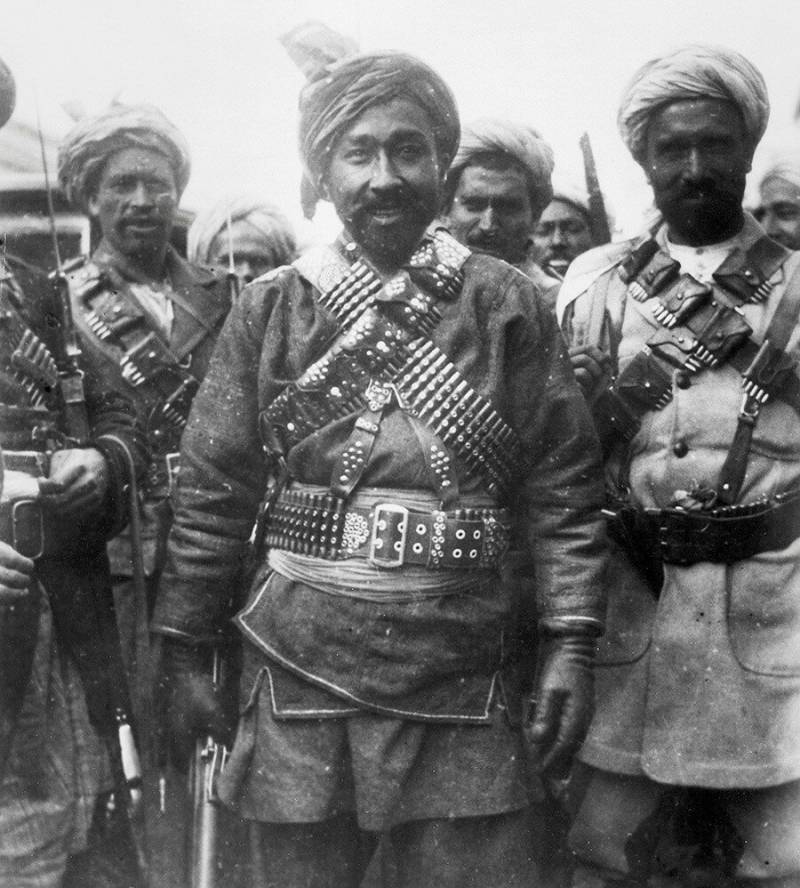
Information